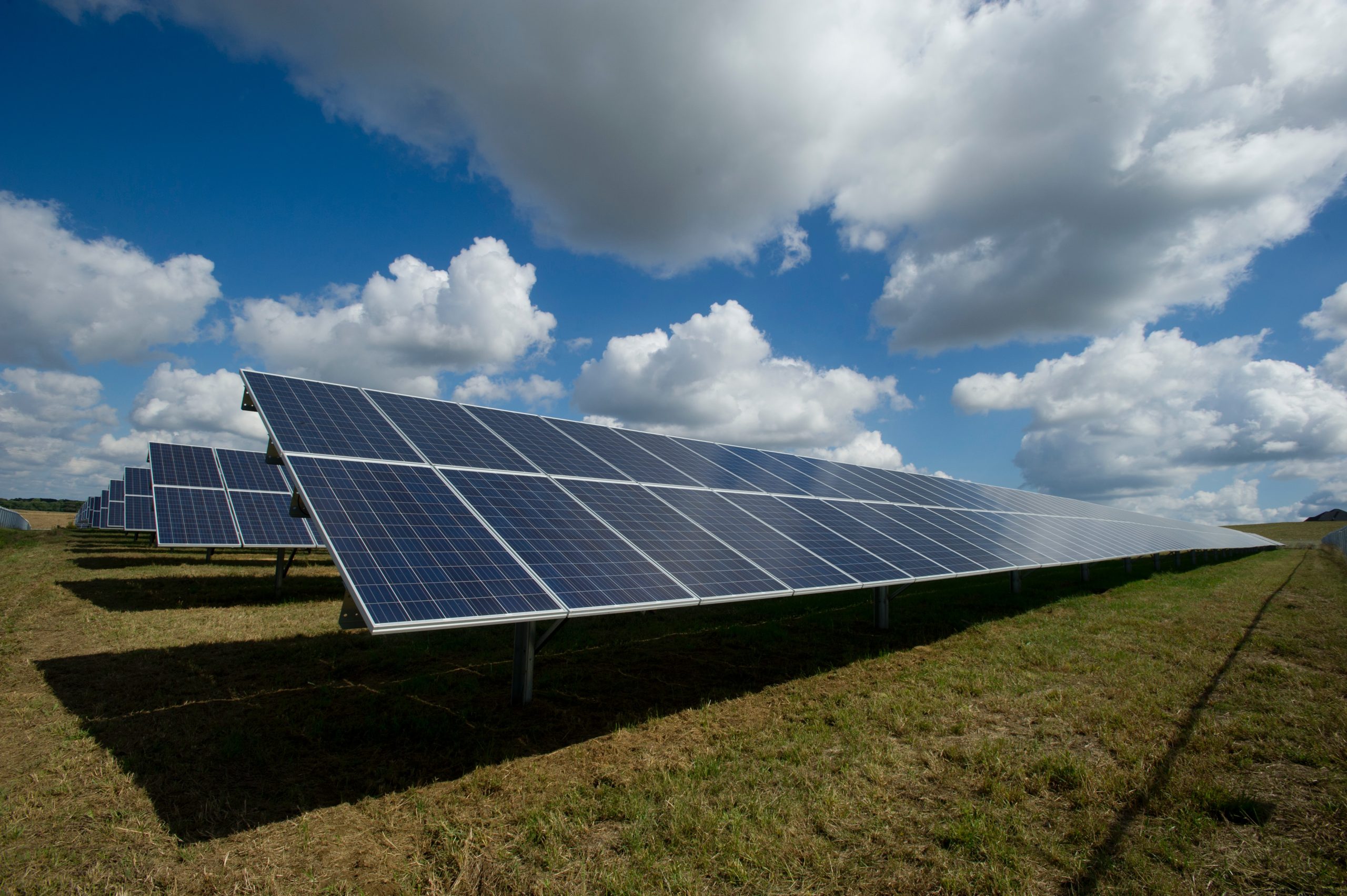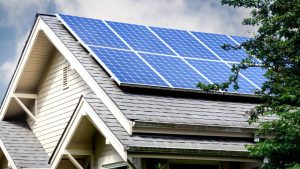Gerald Pearson, Calvin Fuller, and Daryl Chapin invented the modern solar panel in 1954 while working at Bell Laboratories. Even though some assume that solar energy is a new invention, its origin dates back to the 7th century B.C. At this time, people used solar energy to start fires using magnifying glasses.
The Greeks later found a way to harness solar energy with mirrors to light torches. These concepts allowed people to understand solar energy, and invent the first solar panel.
Keep reading to learn more about the history of solar panels.
Who Invented the Solar Panel?
The concept of using solar energy to produce electricity was iterative, prompting many scientists to conduct multiple experiments to prove this theory.
However, in 1839 Edmond Becquerel introduced the photovoltaic effect. He argued that loose electrons could move freely through a material, thus generating electricity.
Edmond used an electrochemical cell to explain his theory. The experiment entailed immersing two gold plates in an acidic solution and exposing the plates to sunlight. It led to an electric current, thus creating the foundation of solar panels.
Charles Fritts later used Edmond’s theory to develop the first solar panel in 1873. Fritts’ solar panels used selenium as a semiconductor to generate electricity. However, solar panels couldn’t get used on a large scale. These panels had an efficiency rate of one to two percent, which is low compared to the current solar panels, which have an efficiency rate of fifteen to twenty percent.
A few years later, Edward Weston proposed a theory that improved Fritts’ selenium solar panel. His theory was based on improving the efficiency of transforming radiant energy into electrical energy.
![]()
The invention of the Silicon Solar Panel
It wasn’t until the 1950s that the first silicon solar panel was invented, which resembled the panels used today. The leading scientists behind this invention include Gerald Pearson, Calvin Fuller, and Daryl Chapin, who worked for Bell Laboratories.
These scientists discovered that silicon was a better semiconductor than selenium and created a solar cell that was six percent efficient. The main shortcoming of silicon solar cells was that they were expensive to manufacture.
By the 1990s, many companies had invested in solar technology, which led to the emergence of a solar cell that was 33% energy efficient. Over the years, companies continued improving their solar panels, leading to today’s highly advanced panels nearing 39% efficiency.
Solar Battery Storage
Although many scientists released theories that improved the selenium solar panel, the primary limitation of these panels was how to store electricity. The solar panels didn’t have a battery, making it hard for people to rely on them at night or when it’s raining.
However, in 1897, Harry Reagan invented thermal batteries to store and release thermal energy. One thing to note is that these batteries store heat rather than electricity. Reagan’s primary analogy was that the thermal batteries would collect and distribute solar heat if required.
Wrapping Up
Contrary to what you might think, solar energy has a lengthy and rich history. Even though the design of the first solar panel was first conceived in 1873, it wasn’t invented until the 1950s. Ultimately, the invention of solar panels was a game-changer since it led to a cheaper energy source.




